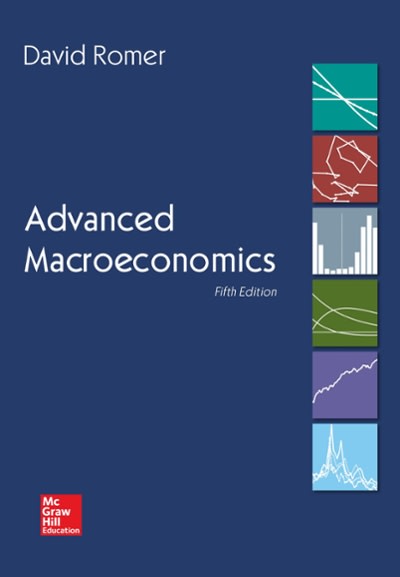Precautionary saving with constant-absolute-risk-aversion utility. Consider an individual who lives for two periods and has constant-absoluterisk-aversion utility,
Question:
Precautionary saving with constant-absolute-risk-aversion utility. Consider an individual who lives for two periods and has constant-absoluterisk-aversion utility, U = − e−γC1 − e−γC2 , γ > 0. The interest rate is zero and the individual has no initial wealth, so the individual’s lifetime budget constraint is C1 + C2 = Y1 + Y2. Y1 is certain, but Y2 is normally distributed with mean Y2 and variance σ 2.
(a) With an instantaneous utility function u(C ) = −e −γC , γ > 0, what is the sign of U(C )?
(b) What is the individual’s expected lifetime utility as a function of C1 and the exogenous parameters Y1, Y2, σ 2, and γ ? (Hint: See the hint in Problem 8.5, part (b).)
(c) Find an expression for C1 in terms of Y1, Y2, σ 2, and γ . What is C1 if there is no uncertainty? How does an increase in uncertainty affect C1?
Step by Step Answer:







